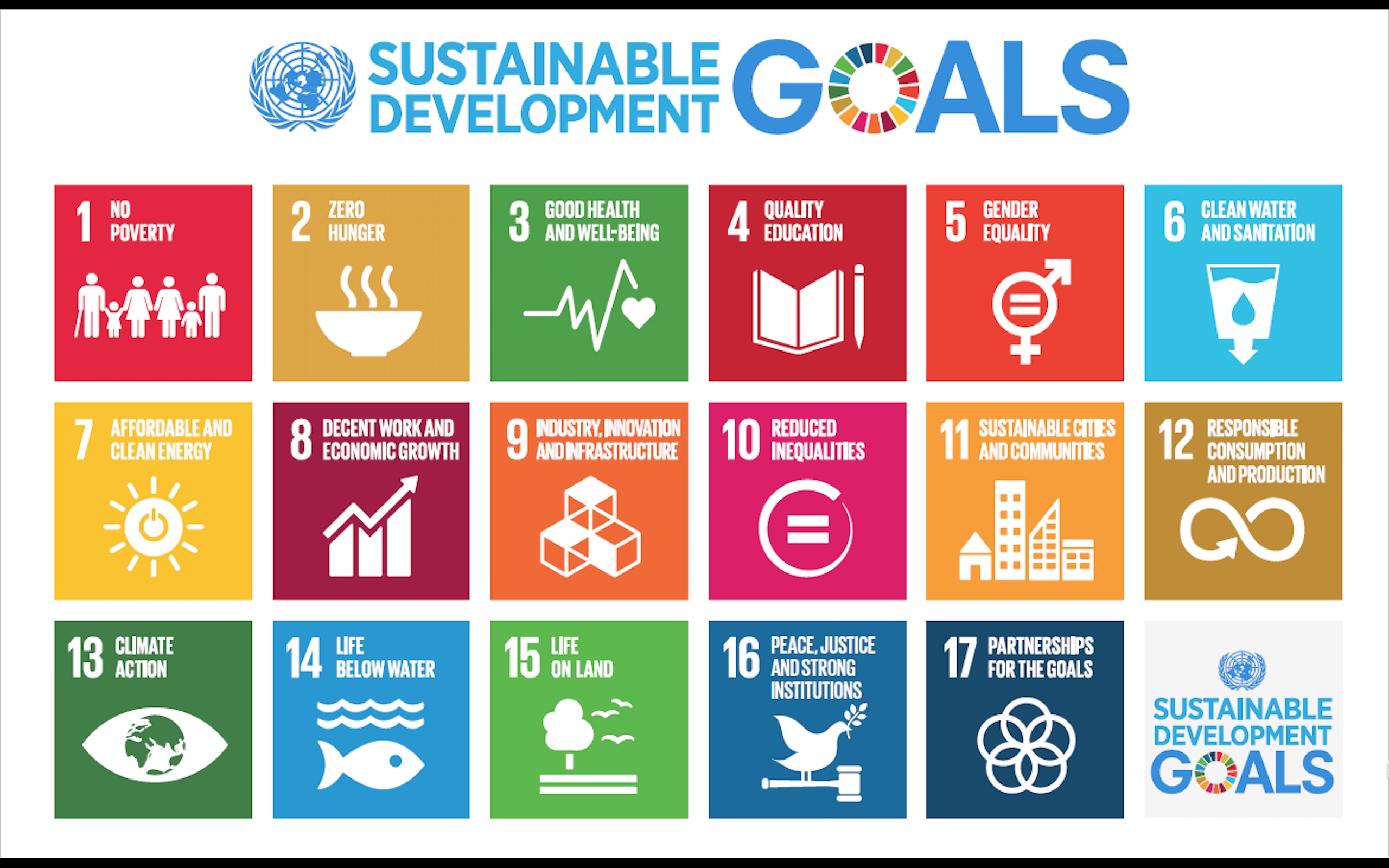
Is the trade agreement between Pacific Rim countries the best deal for Canada?
By Aaron Guillen, Staff Reporter
The Trans-Pacific Partnership (TPP) has been in negotiations for the past couple of weeks in Atlanta with trade ministers from 12 partner countries around the Pacific Rim. The deal is rumoured to be drawing to a close quite soon, and Canadians want to know: What’s in it for Canada? While we wait for the ultimatum, here’s a breakdown of what this unity consists of.
The TPP is an agreement between all countries to willingly comply with specific rules, with a main goal of lowering tariffs and an ambition to “level the playing field” by setting equal rules on patent and copyright laws, labour benchmarks, and environmental preservation.
If the TPP is secured, this trading union will represent around 40 per cent of the world’s gross domestic product, according to CBC. It started back in 2005 when New Zealand, Chile, Singapore, and Brunei agreed to begin an “economic co-operation.” This free-trade agreement caught the attention of the United States in 2008, and soon enough Australia, Peru, Vietnam, and Malaysia took a slice of the pie. The final members to join were Japan, Mexico, and Canada in 2012.
The hopeful outcome for Canada in this situation is to export their beef and canola products to the Asian market. Additionally, Canada’s national financial services will be put into play for other countries to purchase.
However, what might Canada have to lose in order to gain much more? With Japan and South Korea wanting to break into the North American automobile industry, and New Zealand, Australia, and the United States trying to export more dairy products, these industries in Canada will see an inevitable decrease.
The federal parties have taken varied positions on entering the TPP. The Liberal Party has not promised any commitments until further review of the TPP after the election, but is hopeful in coming to terms with the rest of the TPP partners so that Canada will benefit greatly. However, the NDP has come out in opposition of the agreement, and Mulcair has said his party has “seen enough in their briefings to predict that it will drive down Canadian wages and increase the cost of prescription drugs,” according to the Canadian Press,
So when will the deal draw to a close? The details of the deal may take weeks or months to complete, and may also include up to 15 deals occurring on the side.
One of the side deals may include a logging deal with Japan. Max Moncaster, a spokesperson for International Trade Minister Ed Fast, explained to the Globe and Mail: “In the spirit of promoting trade in forestry products, Canada and Japan have also agreed to a side letter that establishes a bilateral committee to discuss issues related to trade in forestry products.”
